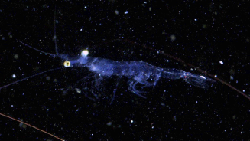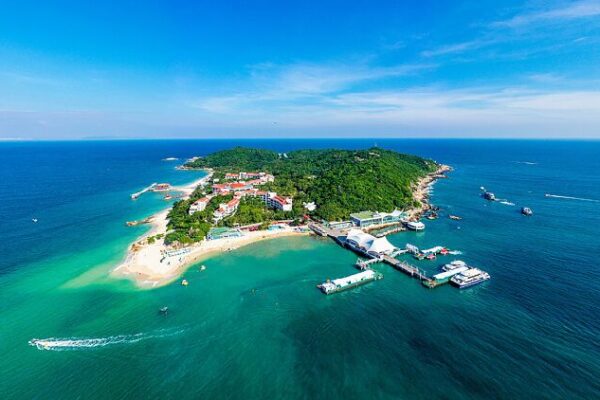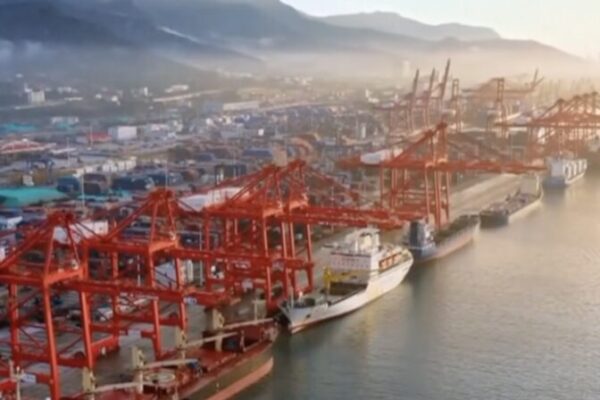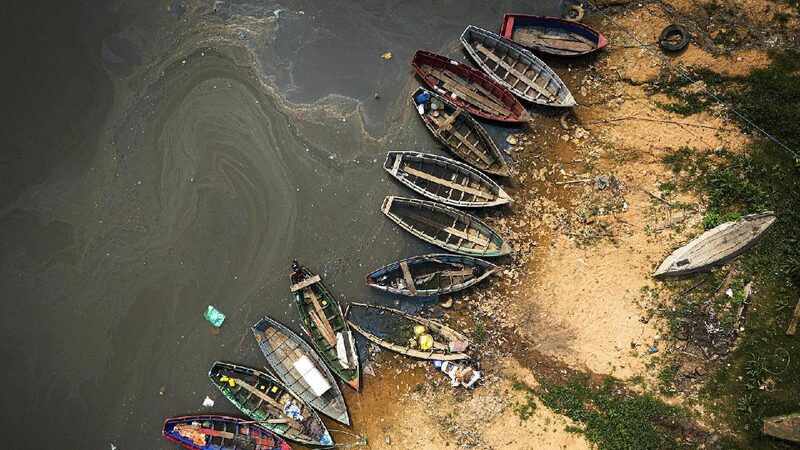Every year on March 1, the world comes together to celebrate World Seagrass Day, shining a light on one of the ocean’s most overlooked treasures: seagrass meadows.
Seagrasses are far more than just underwater plants; they are the foundation of marine ecosystems. Acting as crucial carbon sinks and natural water purifiers, these meadows play an essential role in mitigating climate change.
The Power of Seagrass
Studies have shown that seagrass meadows store more carbon per unit area than many other ecosystems, and their ability to lock away carbon lasts for centuries. In parts of China’s coastline, seagrass meadows sequester about 543.5 grams of carbon per square meter annually.
By absorbing substantial amounts of carbon dioxide, seagrasses help reduce the greenhouse gases in our atmosphere, making them key players in the fight against global warming.
Seagrass in China
China boasts a rich diversity of seagrass species, primarily found in the South China Sea, the Bohai Sea, and the Yellow Sea. The southern regions are home to 15 species, with Halophila ovalis being the most prominent. In the north, nine species thrive, including the dominant Zostera marina.
The largest seagrass meadows are located in the provinces of Hainan, Guangdong, and Guangxi, covering nearly 8,800 hectares. Hainan alone accounts for 64% of these meadows.
Challenges and Decline
Despite their importance, seagrass meadows are under threat. Human activities, climate change, and water pollution have led to significant degradation. Alarmingly, over 80% of seagrass beds in China’s coastal areas disappeared between 2015 and 2020.
Conservation Efforts
In response, China has taken proactive measures to protect and restore these vital ecosystems. Comprehensive surveys have been conducted to understand the species distribution and environmental factors affecting seagrass meadows.
Professor Xiao Xi from the Ocean College at Zhejiang University emphasizes the importance of this understanding in strengthening conservation efforts. Several protection zones and scientific monitoring stations have been established, including the Hepu National Dugong Nature Reserve in Guangxi and the Leizhou Seagrass Protection Zone in Guangdong.
China is also collaborating internationally to enhance seagrass restoration techniques, working with countries like Saudi Arabia, Spain, and Australia. Experts agree that global cooperation is essential for the success of seagrass conservation efforts.
The Role of Policy and Community
Recent national discussions have increasingly focused on ecological civilization, with growing policy support for seagrass conservation. The 2024 White Paper on China’s Marine Ecological Environment Protection highlights the promotion of carbon sequestration in blue carbon ecosystems like seagrass beds.
Innovative initiatives, such as carbon credit loans for seagrass beds in Changdao City, Shandong Province, are encouraging conservation and sustainable practices.
You Can Make a Difference
Protecting seagrass meadows isn’t just the responsibility of governments and scientists; everyone can contribute. Raising awareness about the ecological value of seagrass, reducing marine plastic pollution, and choosing environmentally friendly activities when visiting coastal areas can make a significant impact.
As Professor Xiao suggests, simple actions like minimizing vehicle traffic on beaches and being cautious not to damage seagrass beds while snorkeling or diving can help preserve these vital ecosystems.
Together, through global collective efforts, we can ensure the future of seagrass—the ocean’s unsung climate champion.
Reference(s):
cgtn.com








